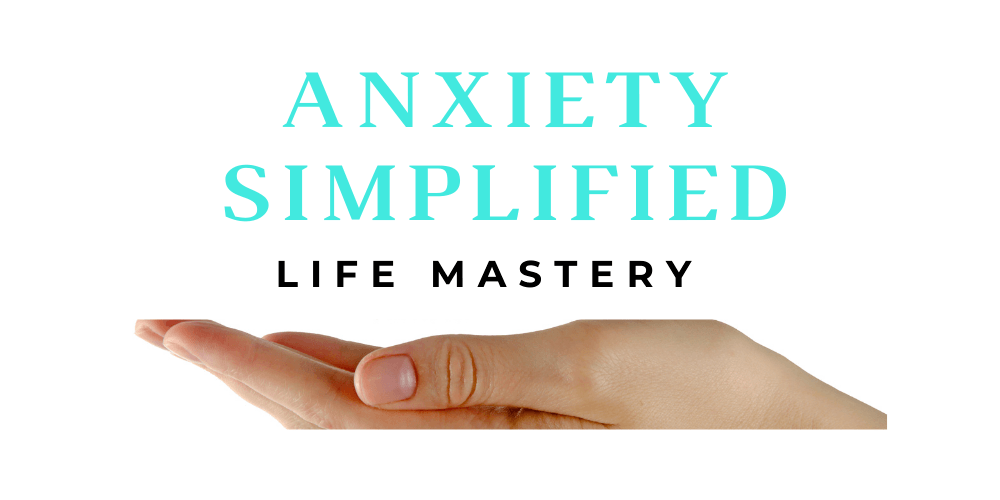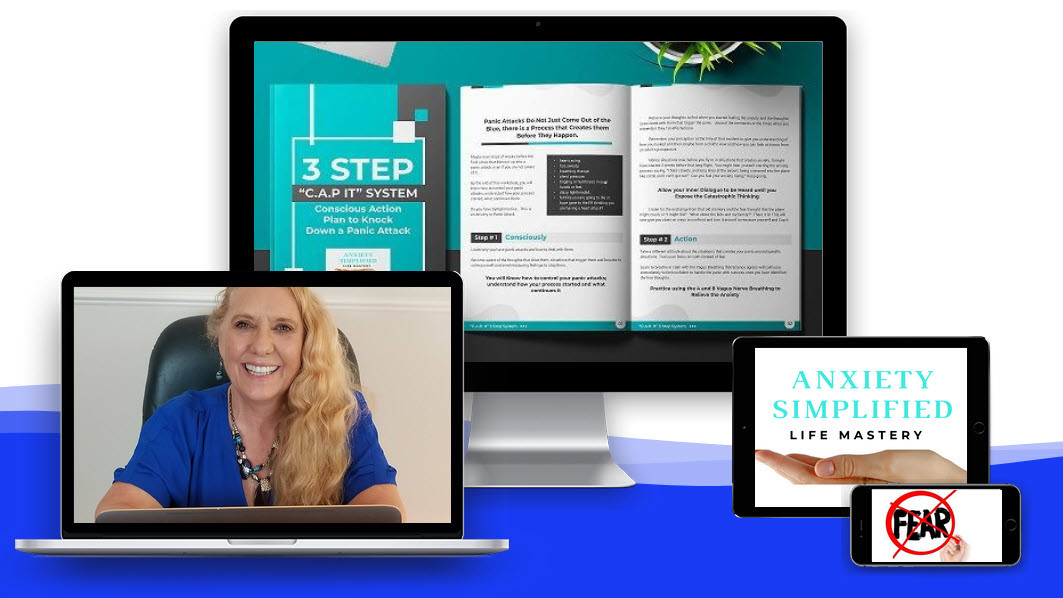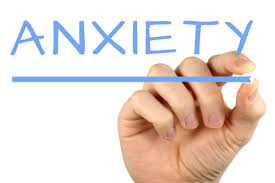
Frequently asked Questions on What to Do about Driving Anxiety so Driving Anxiety Doesn’t ruin my Life
As a 30+ year Mental Health professional, I hear this issue a lot. Many times it spoils a trip or a spouse will refuse to go on a trip unless they can drive to feel in control of the driving experience. Or a client will make up elaborate excuses why they can’t go to avoid having to tell something the real reason they don’t want to go is because they don’t like the feeling that driving anxiety bring up for them or that driving anxiety is ruining their life.
The most common thing I hear, is that a past experiences of an accident or seeing an accident is now conjuring up fears, that this drive event will have the same outcome.
I also see that many clients will start with an anxiety in one area of their life, like a fear of crowds and it expands into other areas of their life like driving.
The issues and the treatment is to look at what they are thinking or telling themselves in the moment about the experience that contributes to driving anxiety.
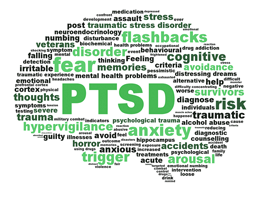
Mostly what I hear from clients are a worst-case scenario thought about what COULD happen; We will have an accident and die or be maned for life. This thought creates fear in them or anxiety enough that this discourages them from the experience at hand. Once they start down this imagined path of negative thinking, they are actual strengthening the fear. Or they are reinforcing the possibility that something bad might happen, with a self-fulling prophecy. Instead of using their logic to look at probabilities to help their brain find other ways to look at the situation to reassure themselves.
This article discusses driving anxiety and what may cause it. It also explores symptoms, treatments, and alternative strategies that may help someone manage the condition. If this issue interferes with your life experiences, please reach out to a professional for help.
1
What is driving anxiety?
It is a fear or phobia of driving a vehicle that may cause a person to feel uncomfortable driving creating anxiety. It can result in significant distress and impact someone’s everyday life. A person may experience emotional distress while driving and avoid certain situations on the road or driving in general.
The National Institute of Mental Health (NIMH)Trusted Source explains that specific phobia is an intense and irrational fear of something that poses little or no real danger. It estimates that 12.5% of American adults experience a specific phobia at some point in their lives.
For someone with driving anxiety, the thought of getting in a car may start the symptoms of anxiety or the negative thoughts about driving that produce the anxiety symptoms. In addition, a person may try to avoid situations where they need to drive or get into a vehicle. This alone can cause additional symptoms of stress or anxiety so that others don’t see their fear.
It is important to note that driving anxiety is not an official condition in the Diagnostic and Statistical Manual of Mental Disorders, 5th edition (DSM-5). However, a person may have a phobia associated with driving anxiety. Amaxophobia is a fear of being in a vehicle either as a passenger or driver, and vehophobia is a fear of driving.
Additionally, a healthcare professional may diagnose a person with generalized anxiety disorder (GAD) or another mental health condition if symptoms interfere with a person’s everyday activities.
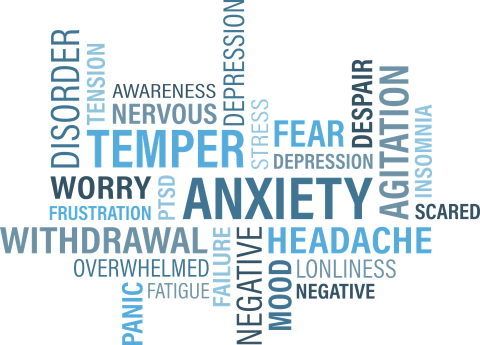
2
Causes of driving anxiety
For some people, driving anxiety may result from being in a road accident or witnessing one. However, according to the Anxiety and Depression Association of America (ADAA), most driving phobias are not related to an experience with an accident.
Below are some common fears and causes of anxiety about driving.
Past negative experiences
A person may remember past negative experiences they have had in a vehicle and worry that a similar scenario will play out again. Examples include:
- driving through bad weather, such as a storm, snow, or fog
- being a victim of road rage
- having a panic attack while driving
- getting lost
3
Existing anxiety disorders
People who have an anxiety disorder may experience symptoms while driving. For example, GAD may cause someone to have difficulty concentrating or making decisions while driving. This may lead to a person losing confidence in their driving ability.
Additionally, someone who is experiencing significant stress or life changes may be susceptible to driving anxiety.

4
Driving alone in an unfamiliar place
Some people may fear getting lost while driving, breaking down, or running out of gas. They may worry that their phone will have no signal, and they will not be able to get help if they need it.
Additionally, people may feel unsafe driving alone at night or worry that they cannot see potential hazards clearly when it is dark outside that increases their anxiety.
5
Fear of dying in an accident
Fear may cause a person to consider worst-case scenarios and not trust their own or other drivers’ abilities.
Even though someone may not have directly experienced a car accident, their imagination may make them feel anxious about the possibility of dying in an accident.
6
Being trapped and having a panic attack
People with existing anxiety about being trapped, such as claustrophobia, may become anxious while stationary in traffic. Additionally, people who have had a previous panic attack may fear that they will have one again while driving, because they cannot get out of the car quick enough.
Stop Panic Attacks Now
This course is video based to be able to re listen to over and over again with a workbook to follow again or reuse you conquer one trigger you can see your progress to feel you can do this!
7
Losing control of the vehicle
Physical symptoms of anxiety, such as a racing heartbeat and sweating, may lead someone to believe they will lose control of their car and cause an accident. A person may feel highly stressed and uncomfortable, clutching at the wheel and worrying about what other drivers might be thinking.
8
Driving anxiety symptoms
People with driving anxiety may experience the following symptoms, many of which are also indicative of a panic attack:
- a sudden and intense feeling of fear
- sweating, racing heart, and trembling
- feeling nauseous
- dry mouth
- shortness of breath
- lightheadedness or feeling faint
Additionally, some people may go out of their way to avoid driving or being in a vehicle, which can significantly impact their life.

9
Treatment for Driving Anxiety
Most Common treatments for driving anxiety include cognitive behavioral therapy, exposure therapy, and virtual reality treatment.
- Cognitive behavioral therapy focuses on identifying thought patterns and behaviors that influence your emotions.
- Exposure therapy is to slowly with small increments of time practicing facing the driving anxiety and slowly increasing the time of driving while practice thought refocusing techniques.
- Virtual reality treatment is using a VR head set to visualize the experience of driving using exposure therapy in a controlled environment.
10
How to get over driving anxiety:
- Seek to understand what triggered your anxiety. ...
- Reframe your thoughts. ...to stay present
- Concentrate on driving in the moment. ...
- Test out different relaxation techniques. ...
- Drive outside of your comfort zone. ...
- Get help from a specialized professional. ...
- Consider cognitive behavioral therapy. ...
- Try virtual reality exposure.
Final thoughts about Driving Anxiety Ruining your Life:
The problem with safety behaviors, like fear while driving, is that they give your brain the false impression that you would be unsafe without them. "Good thing you checked traffic," your brain tells you, "or that might have gone badly." As a result, you continue to feel that driving is extremely dangerous and must be closely managed by avoiding it so that nothing terrible happens.
The problem is that you are missing out on moments in life that you can not replace with family and friends.
It is better to learn some new skills to manage your fear thoughts to feel more in control of yourself.
Stop Panic Attacks Now
This course is video based to be able to re listen to over and over again with a workbook to follow again or reuse you conquer one trigger you can see your progress to feel you can do this!
Use a >Video 3 Step Course on how to Crush Panic Attacks with Joanne Williams, LCSW< Learn from a 30-year mental health professional. Click the link to take your first steps out of having panic attacks forever. In this course, the 2nd step teaches the Vagus breathing, to get that immediate calming.
Contact Joanne Williams for a free 10-minute consultation on you best next step at 760-485-6784.
Disclaimer: This article is by no means a replacement for medical attention or therapy. Please take care of your mental health.
